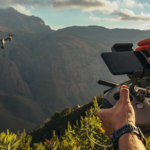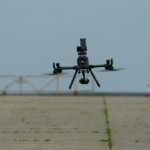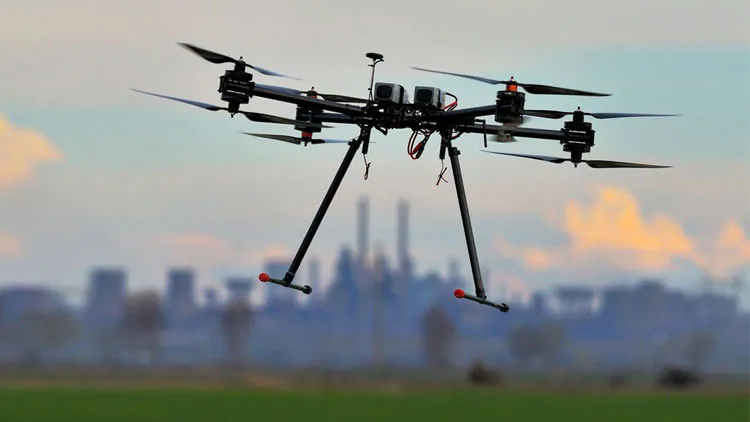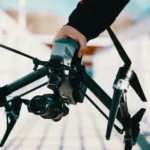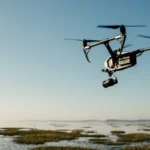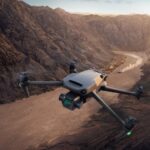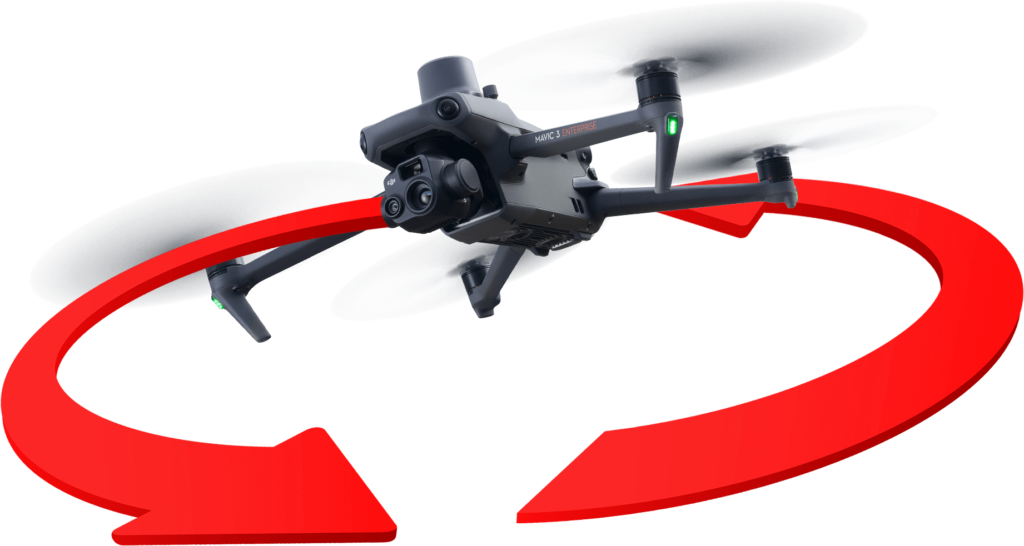
Drone camera movements have become a transformative force in modern cinematography, enabling filmmakers to capture breathtaking shots from previously unimaginable angles.
These versatile flying cameras have unlocked a world of creative possibilities, allowing for dynamic and cinematic storytelling.
In this article, we will explore various drone camera movements, providing insights into how they can be used to enhance your filmmaking and storytelling.
Understanding Drone Camera Movements
Drone camera movements involve the controlled manipulation of a UAV (Unmanned Aerial Vehicle) to achieve specific shot dynamics, angles, and perspectives.
These movements have the power to add depth, emotion, and visual intrigue to your storytelling.
Types of Drone Camera Movements
a. Dolly or Forward/Backward Movement:
This movement involves the drone moving forward or backward while maintaining a consistent altitude. It’s great for revealing or approaching subjects and creating a sense of anticipation.
b. Lateral Movement or Side-to-Side Motion:
This movement entails the drone moving horizontally, either left or right. It’s useful for capturing dynamic tracking shots, showcasing the environment, or following subjects in motion.
c. Ascending and Descending Shots:
Change in altitude can be used to emphasize scale, drama, or mystery. Ascending shots can reveal vast landscapes, while descending shots can add intensity to a scene.
d. Orbit or Circular Movement:
The drone orbits around a subject or point of interest. It’s ideal for creating visually captivating shots, emphasizing a central element, or showcasing a location from multiple angles.
e. Pan and Tilt:
These camera movements involve rotating the camera horizontally (pan) or vertically (tilt). They allow for dynamic framing adjustments, revealing new elements in the scene, or following a subject’s movement.
f. Crane or Vertical Rise/Fall:
This movement simulates a crane shot, with the drone rising or descending vertically. It’s excellent for revealing grand vistas or dramatic changes in scenery.
g. Hover and Hold:
Sometimes, a static shot can be as powerful as a moving one. Holding the drone in a stable hover provides a unique perspective and can be useful for showcasing a subject or location.
Combining Movements for Impact
Often, the most compelling shots involve a combination of these movements. For example, starting with a dolly shot, transitioning into an orbit, and then tilting the camera can create a dynamic and visually engaging sequence.
Storytelling with Movements
Consider how each movement contributes to your story. The choice of movement can evoke emotions, emphasize plot points, and guide the audience’s attention.
Use camera movements to enhance the narrative and immerse viewers in the story world.
Practice and Precision
Achieving smooth and controlled drone camera movements requires practice and precision.
Mastering the controls and understanding the nuances of your drone’s flight capabilities are essential. Gradual, fluid movements tend to produce the best results.
Safety and Regulations
Always operate your drone in compliance with local regulations and safety guidelines. Ensure that you have proper training, permits, and insurance. Prioritize safety for yourself, your crew, and the public.
Post-Production Enhancement
In post-production, you can further refine and enhance your drone shots. Color grading, stabilization, and adding sound effects can elevate the cinematic quality of your footage.
Conclusion
Drone camera movements have opened up exciting new possibilities for filmmakers, offering a wide range of dynamic shots to enhance storytelling and captivate audiences.
By understanding the various types of movements, practicing precision, and prioritizing safety, you can harness the full potential of drones to take your cinematography to new heights.
Whether you’re shooting a dramatic sequence, a nature documentary, or a promotional video, drone camera movements can add depth, emotion, and visual allure to your storytelling, making your work truly unforgettable.

